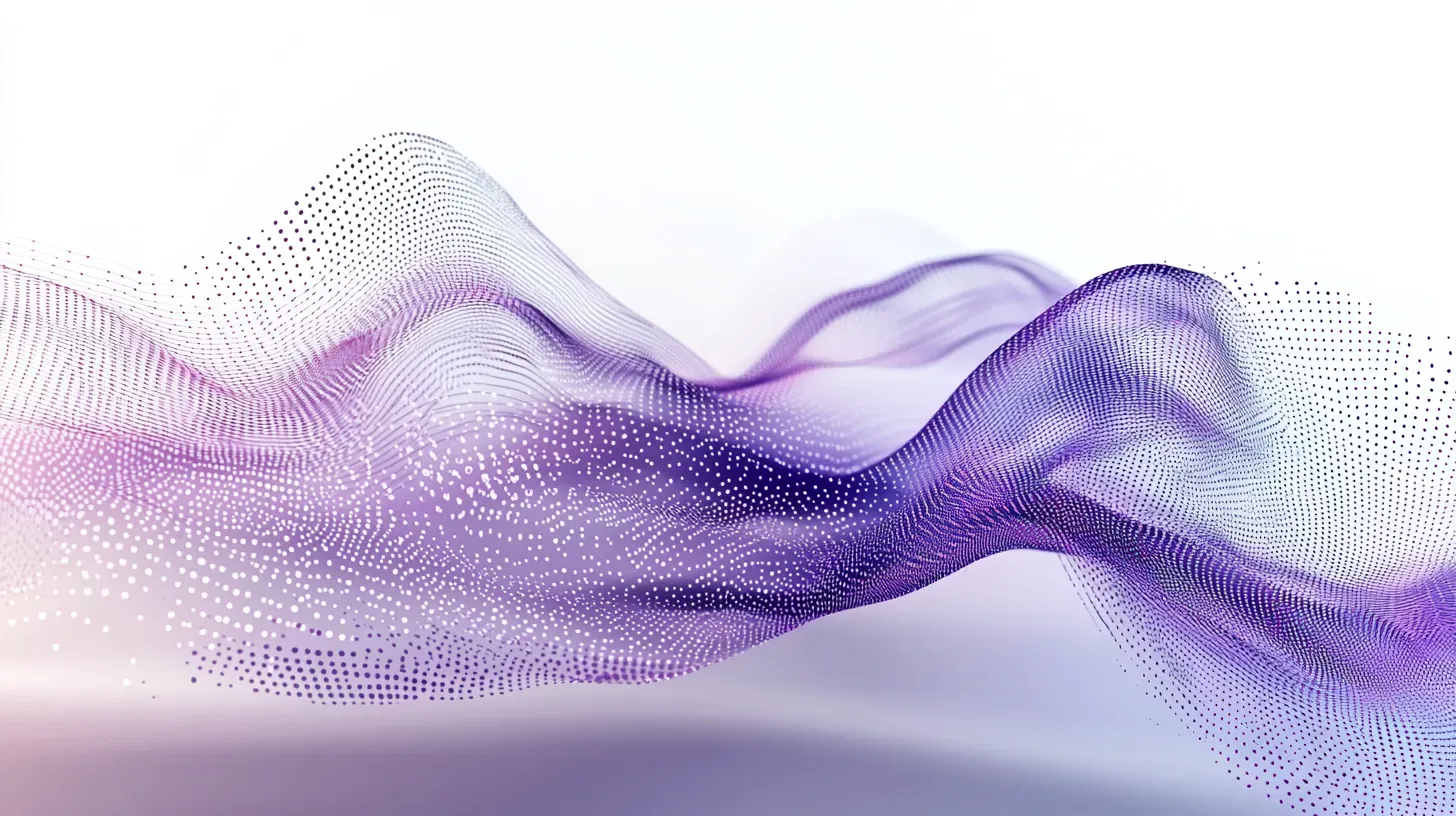Flowing with Change: How Taoist Wisdom Guides Our Tech-Driven Future

In an era marked by rapid technological breakthroughs and exponential change, our world often feels as chaotic as a storm-tossed sea. Yet, amid this turbulence, the ancient philosophy of Taoism offers a profound, grounding perspective. A reminder that there is a natural order underlying even the most disruptive innovations. Rooted in ancient China, Taoism invites us to view the universe not as a random expanse but as an intricately interconnected whole, where every ripple in the water carries meaning, and every change has its place in the larger flow of life.
At its core, Taoism champions balance and harmony. It urges us to align with the natural rhythms of existence rather than resist them. This message is especially relevant today, as we witness a convergence of breakthrough technologies reshaping every aspect of our lives. From the rapid evolution of artificial intelligence and blockchain to the emerging frontiers of quantum computing, humanoids, and spatial intelligence, the digital revolution is both exhilarating and intimidating. Amid this relentless pace, Taoist wisdom reminds us that progress must be pursued not at the expense of our humanity but in tandem with our deepest values.
The Tao: The Way of the Universe

Taoism’s foundational concept, the Tao (or “the way”), represents the underlying flow and order of the cosmos. It is a dynamic, ever-evolving force that connects every element of the universe in a seamless dance of change and continuity. Rather than imposing rigid structures on this natural flow, the Tao encourages us to observe, align with, and adapt to it. Consider water, a classic metaphor in Taoist thought. Water is soft and yielding yet can carve through rock over time; it conforms to the shape of any container, symbolizing adaptability and resilience.
This metaphor is not only poetic but also instructive. In the age of digital transformation, water’s qualities remind us that our approach to technology must be fluid. For example, in AI development, rigid algorithms that attempt to mimic human thought can often fall short. Instead, adaptive systems that learn and evolve, much like water finds its path, prove far more effective. By aligning with the Tao, we learn to embrace change gracefully, fostering innovations that are robust, sustainable, and in harmony with human values.
Yin and Yang: Embracing the Balance of Opposites
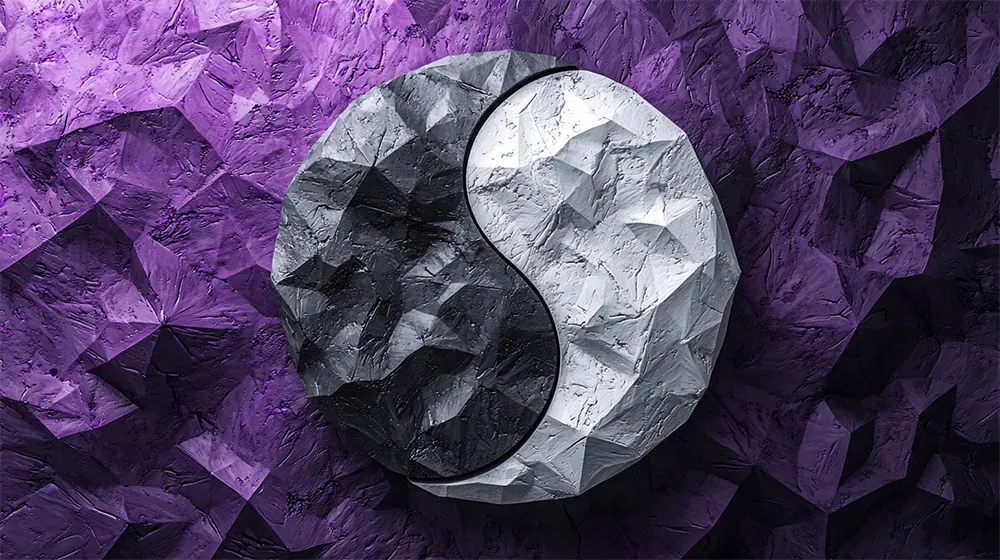
A central pillar of Taoist philosophy is the concept of Yin and Yang, the dynamic interplay of opposing yet complementary forces. Yin embodies receptivity, yielding, and introspection, while Yang represents creativity, assertiveness, and expansion. Their balance is not static; it is a continual, fluid interaction that creates harmony in the natural world. This duality is vividly evident in the structure of our universe, from the ebb and flow of the tides to the alternating cycles of day and night.
In today’s technological landscape, Yin and Yang can be seen in the balance between innovation and ethics. The explosive growth of technologies such as AI, blockchain, and quantum computing offers tremendous creative potential (Yang) while simultaneously presenting significant risks, such as bias, environmental impact, or privacy erosion (Yin). Just as an unbalanced ecosystem can lead to collapse, a technology sector that prioritizes speed and disruption over ethical grounding may ultimately undermine trust and sustainability. Leaders must therefore harness the dual forces of Yin and Yang by fostering environments where bold innovation is tempered by thoughtful reflection and responsibility.
Wu Wei and Yu Wei: The Art of Effortless and Intentional Action

Another valuable Taoist teaching lies in the dual concepts of Wu Wei and Yu Wei. Wu Wei, often translated as “effortless action,” emphasizes the power of aligning with the natural flow rather than forcing outcomes. Picture a surfer who rides a wave not by fighting its energy but by moving gracefully with its momentum. This principle is especially important in our fast-changing world: sometimes, the best strategy is to pause, observe, and let the momentum of change carry you forward.
In contrast, Yu Wei, intentional action, reminds us that while flowing with change is crucial, deliberate, purposeful effort is equally important. In the context of exponential technological advancement, this means that organizations must not only adapt to new trends but also proactively steer their course. Consider the way companies like Google or Microsoft integrate new technologies: they don’t simply react to emerging trends; they shape the narrative by investing in research, establishing ethical frameworks, and driving collaborative initiatives that steer innovation toward shared, long-term benefits.
By balancing Wu Wei and Yu Wei, leaders can create adaptive strategies that are both flexible and purpose-driven. In practice, this means designing systems that are as intuitive and “natural” to use as water, while still being guided by clear, strategic objectives that align with ethical imperatives. Such an approach transforms disruption into opportunity and fosters a culture of resilience amid uncertainty.
Taoism in Action: A Blueprint for the Digital Age
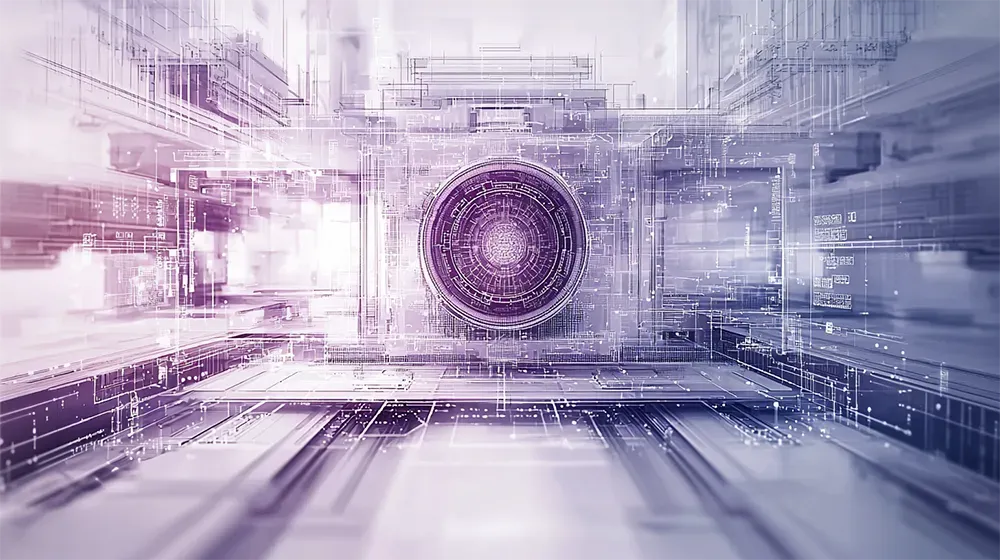
How does this ancient wisdom translate to the modern world? Consider the rapid proliferation of new technologies that are reshaping our society. From AI and IoT to quantum computing and blockchain, each innovation brings with it both promise and peril. The Tao teaches us that true progress is not about an unrelenting chase after every new gadget or breakthrough; it’s about understanding the deeper flows that govern our existence and harnessing them for the greater good.
Take, for instance, the current landscape of AI. While these systems deliver unparalleled precision and predictive power, their deployment can sometimes lead to unintended consequences, such as bias in decision-making or the erosion of privacy. Taoist principles urge us to pause and reflect: to recognize that the digital tools we build should serve to enhance human agency, not diminish it. Instead of allowing technology to dictate the terms of engagement, we must design systems that complement our natural capabilities, much like water supports life without dominating it.
This philosophy is equally applicable to blockchain technology. By enabling decentralized, verifiable transactions, blockchain not only secures data but also embodies the Taoist ideal of balance, merging structure with spontaneity to create a self-regulating ecosystem. Just as water flows effortlessly while reshaping landscapes, blockchain systems provide a foundation for trust and transparency in an increasingly automated world. They remind us that sustainable progress arises from the interplay of order and fluidity, a lesson that is critical as we navigate the complexities of the Intelligence Age.
Navigating the Trough of Disillusionment
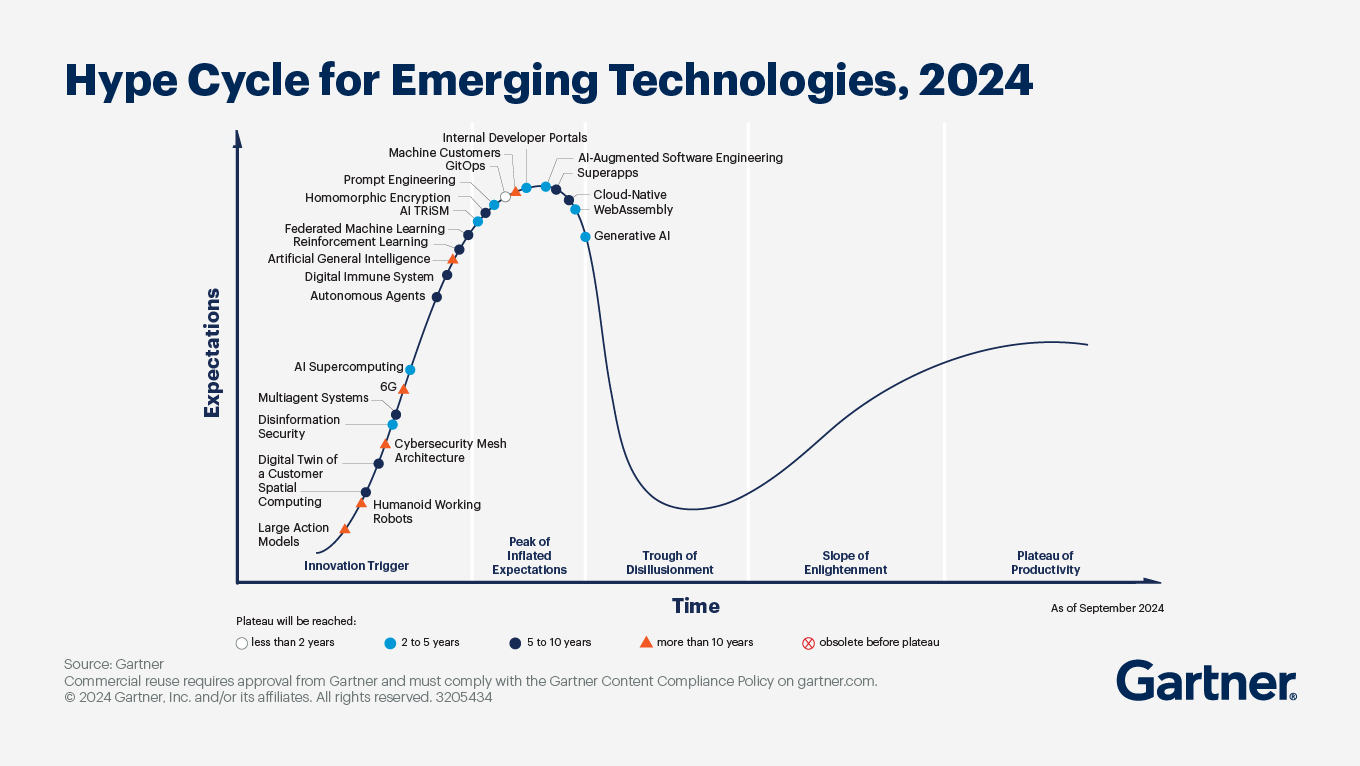
The journey of technological innovation is rarely linear. According to the Gartner Hype Cycle, every disruptive technology eventually enters the “trough of disillusionment,” a period when initial enthusiasm wanes as expectations clash with reality. For example, the metaverse was heralded as the next big revolution in 2022, only to be largely abandoned in favor of AI as early hype faded. Yet, the metaverse is now re-emerging with renewed strength, its potential re-evaluated and refined.
This cyclical pattern is a reminder that the trough of disillusionment is not a signal to abandon innovation but an inflection point. It is during this phase that leaders must sift through the transient hype to identify where true value lies. By aligning with the Tao, we can transform disillusionment into a strategic opportunity, using it as a launching pad to recalibrate our approaches and drive sustained innovation. This balance, between short-term market pressures and long-term vision, is essential for harnessing the full potential of disruptive technologies.
Taoism and the Explosion of New Technologies
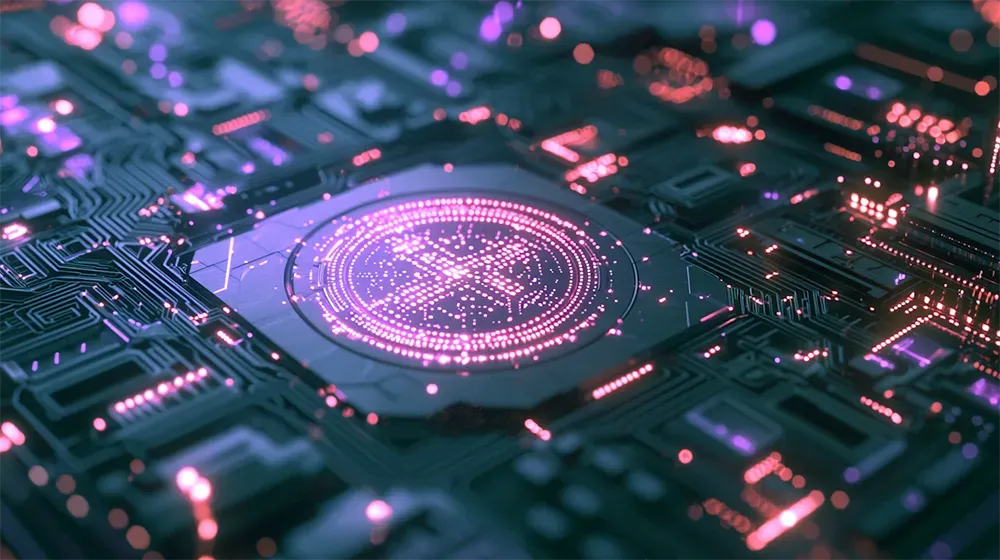
Today, the explosion of new technologies is creating unprecedented opportunities, and challenges, that demand a nuanced, balanced approach. Whether it’s the transformative power of AI, the decentralized trust enabled by blockchain, the boundless potential of quantum computing, or the interconnected systems of IoT, our digital landscape is expanding at a breakneck pace. In this context, Taoism offers a timeless blueprint for navigating change: a reminder that true progress is achieved not by forcing change but by flowing with it, adapting with grace, and maintaining balance amidst disruption.
As we stand on the threshold of the Intelligence Age, where digital systems and physical realities increasingly converge, the principles of Taoism provide a clear, actionable framework. They invite us to cultivate resilience, foster adaptive governance, and nurture ethical innovation. This approach transforms the chaos of rapid technological change into a harmonious journey, one where every step is guided by wisdom, intentionality, and a commitment to the collective good.
Embracing the Future with Taoist Wisdom

In conclusion, the ancient wisdom of Taoism is more relevant today than ever before. It teaches us that amidst the relentless pace of technological change, our greatest strength lies in our ability to remain adaptable, balanced, and purpose-driven. By integrating the Tao’s principles, flowing like water, balancing opposites, and acting with both spontaneity and intent, we can build a future where technology enhances, rather than diminishes, our shared human potential.
As we navigate this dynamic landscape, let us remember that our progress is not defined solely by the speed of innovation, but by the harmony between our technological advances and our enduring values. In the words of the Tao Te Ching, “Nothing in the world is as soft and yielding as water. Yet, for dissolving the hard and inflexible, nothing can surpass it.” This timeless insight reminds us that the path forward lies in embracing change with an open heart and a clear purpose, a journey where every drop of innovation contributes to a flourishing, sustainable future.





